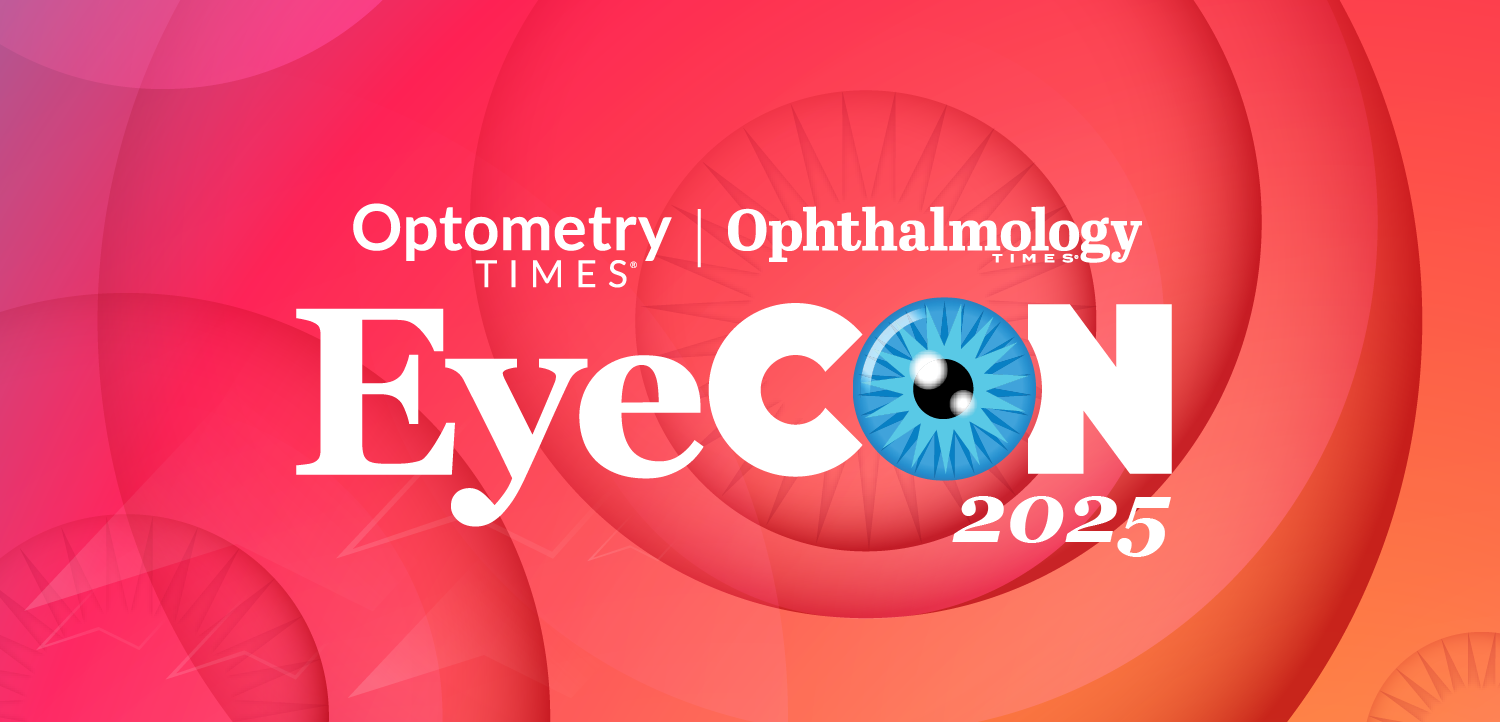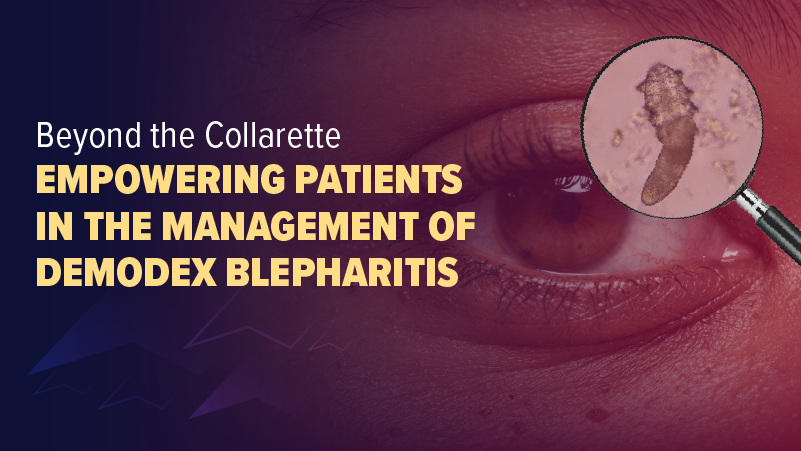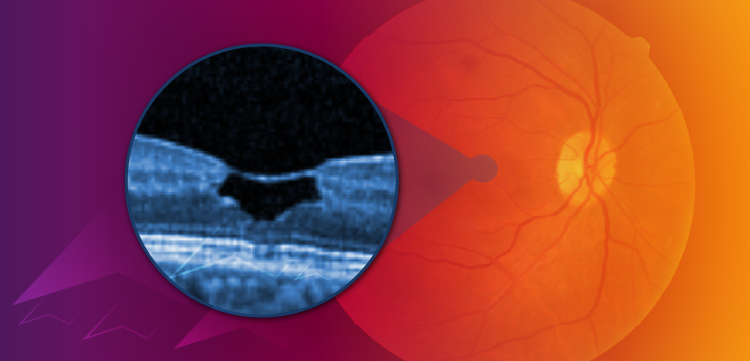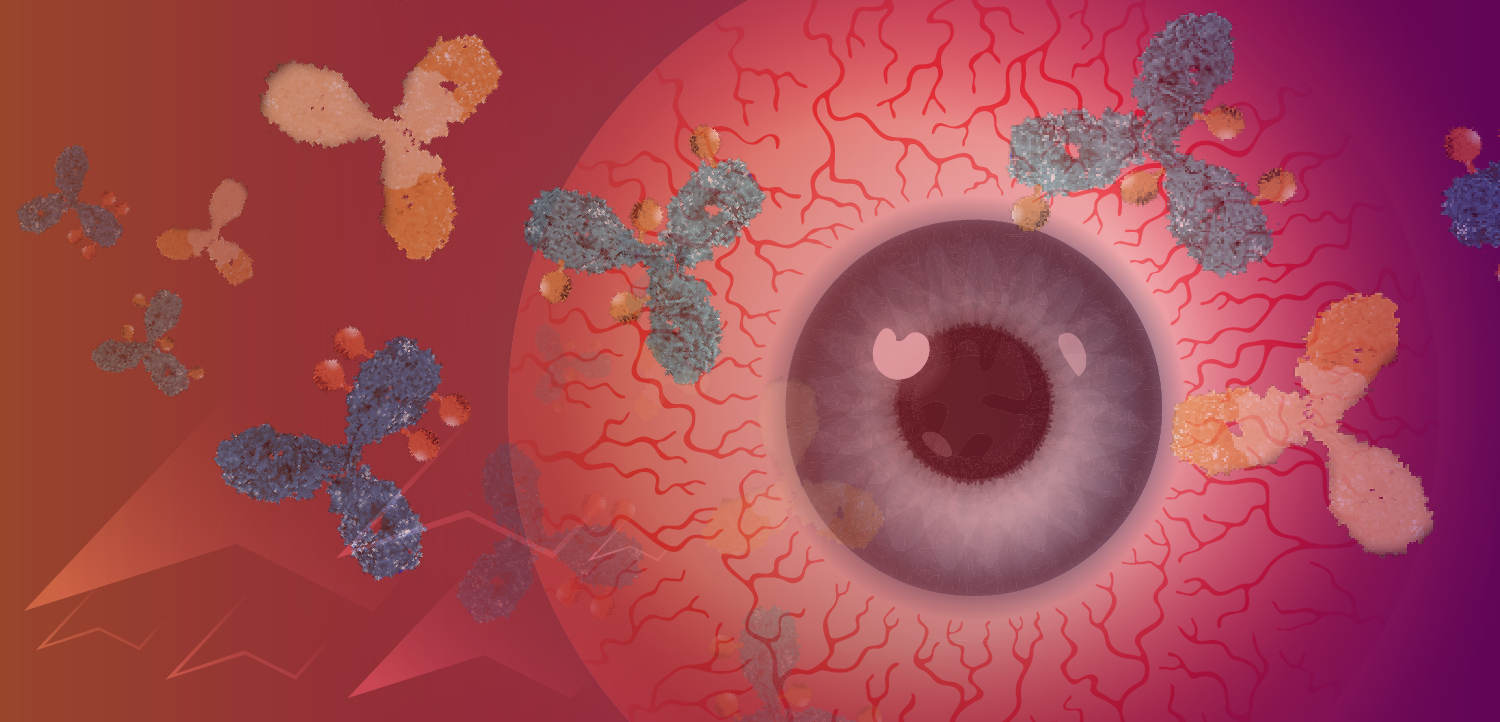Cytosol Ophthalmics selling off assets after TASS outbreak in fall
Lenoir, NC-Cytosol Ophthalmics, whose balanced salt solution(BSS) product, Endosol, was implicated in an outbreak last fall oftoxic anterior segment syndrome (TASS), is selling off its assetsto raise funds to compensate those affected by a recall of the BSS.
Lenoir, NC-Cytosol Ophthalmics, whose balanced salt solution (BSS) product, Endosol, was implicated in an outbreak last fall of toxic anterior segment syndrome (TASS), is selling off its assets to raise funds to compensate those affected by a recall of the BSS.
In mid-February, Cytosol Laboratories Inc. issued a voluntary recall for all BSS products manufactured in its Braintree, MA, facility, due to endotoxin contamination.
"We've elected to not re-enter the market at this time," said Court Lewis, president of Cytosol Ophthalmics, Lenoir, NC. "That was because we could never find the endotoxin above the limits. And since we could never find it, how would I ever assure that the product was good going forward?"
"From October 2005 through January 2006 we retested our irrigation products for endotoxin more than 2,000 times," the release stated. "We found zero units above the limit of 0.25 IU/ml. We utilized the 'referee test' for endotoxin as described in the U.S. Pharmacopeia. Our testing method was audited by the FDA in November 2005 and no deficiencies were noted."
Experts believe there is no connection between a new outbreak of TASS, first reported in March, and the Endosol BSS. Although the Endosol BSS, which was distributed by Advanced Medical Optics, is no longer available, Cytosol is still actively marketing its cohesive ophthalmic viscosurgical device Shellgel and its line of ExactEtch microsurgical knives, Lewis said.
"Those two products are supporting us at the moment," Lewis said.
The announcement of Cytosol's sale of its assets, which appears on the company's Web site, states that Shellgel is among the assets being offered, along with its ophthalmic irrigation technology and a manufacturing facility in Lenoir, NC.
"We lost 85% of our business, so when that happens you have to make some radical changes, which we are doing," Lewis said. "But I see a successful result from those changes, and Cytosol Ophthalmics will continue. The publicity has brought up some opportunities that are interesting, and we're evaluating those and looking at what we can do."
Newsletter
Don’t miss out—get Ophthalmology Times updates on the latest clinical advancements and expert interviews, straight to your inbox.


















































.png)


